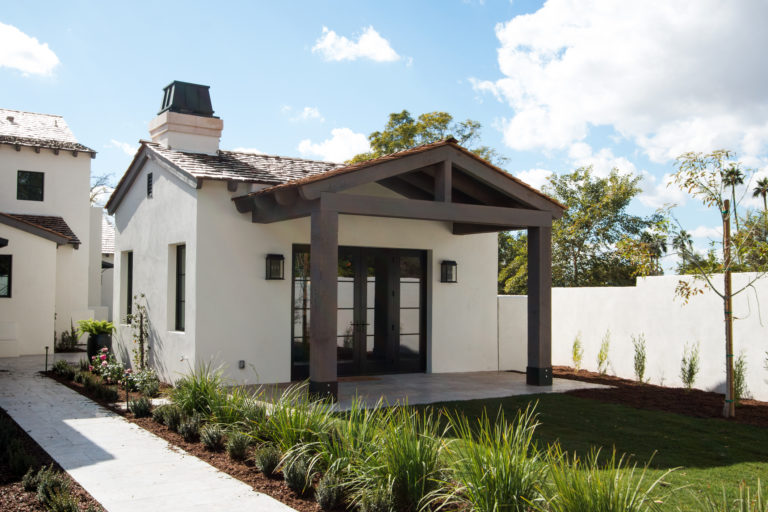Team Karen DeGasperis
DeGasperis & Assoc - Real Estate
Experience Living in Scenic San Diego
The Rise of ADUs and Multi-Generational Housing

In recent years, Accessory Dwelling Units (ADUs) have taken the housing market by storm, becoming a focal point in legislation aimed at addressing the affordability crisis in California.
What is an ADU?
An ADU, or Accessory Dwelling Unit, is a secondary housing unit built on the same property as a primary residence. It has its own separate entrance, kitchen, bathroom, and living space. ADUs can be stand-alone structures, converted garages, basement or attic conversions, or even additions to the main house. The rise of ADUs is seen as a solution to increase housing density while making use of existing land.
Advantages for Homeowners
For homeowners, ADUs present a host of enticing advantages:
-Rental Income Potential: Can provide a steady rental income stream, helping to offset the expenses of homeownership.
-Multi-Generational Living: Allows families to comfortably accommodate multiple generations under one roof. This can lead to stronger familial bonds and financial savings.
Advantages for Communities
-Infill Development: The construction of ADUs supports the goal of infill development, reducing the need for sprawling urban expansion and helping to make better use of existing urban infrastructure.
Consequences to Consider
While ADUs offer numerous benefits, it’s crucial to address some potential downsides:
-Parking Challenges: ADUs are often built without requiring additional parking spaces, potentially putting pressure on neighborhood parking availability.
-Infrastructure Strain: As more ADUs are added to communities, the cumulative impact on infrastructure, schools, emergency services, and other public resources might become significant. Typically a developer pays an impact fee or is required to make infrastructure upgrades to eleviate the strain on resources. Without this, communities absorb the strain and the additional cost.
-Senate Bill 10 (SB 10): The controversial SB 10 (passed in 2021) allows property owners to replace single-family homes with up to 10 units. This bill raises major concerns in communities about density, aesthetics, and the potential transformation of single family homes and neighborhoods. Read more detail below.*
*SB 10 in San Diego
San Diego would be one of the few cities to adopt SB 10. It is controversial and not mandated. Cities can ignore, fully adopt or adopt it in a tailored way.
If the Mayor’s proposed plan is adopted, here’s some key points:
-Single-family homes can be replaced with up to 10 units
-Up to three units may be required to be subsidized for affordable housing.
The Economic Divide: A Hidden Concern
These are all topics which I hear talked about all the time, but the issue that does not get attention is the increase in the economic divide, between the “haves” and “have nots”. As more ADUs are built:
-Homeowners get increased property value
-Renters stay renters longer. Home prices go up making it less affordable to buy.

Summary
I’m a big fan of passive income and increasing the value of homes.
However, the focus needs to shift to increasing housing FOR SALE so more people can achieve the American dream of homeownership.
P.S.
There’s a new search field in the MLS. If you’d like to receive MLS listing alerts for properties with an ADU, contact me!
